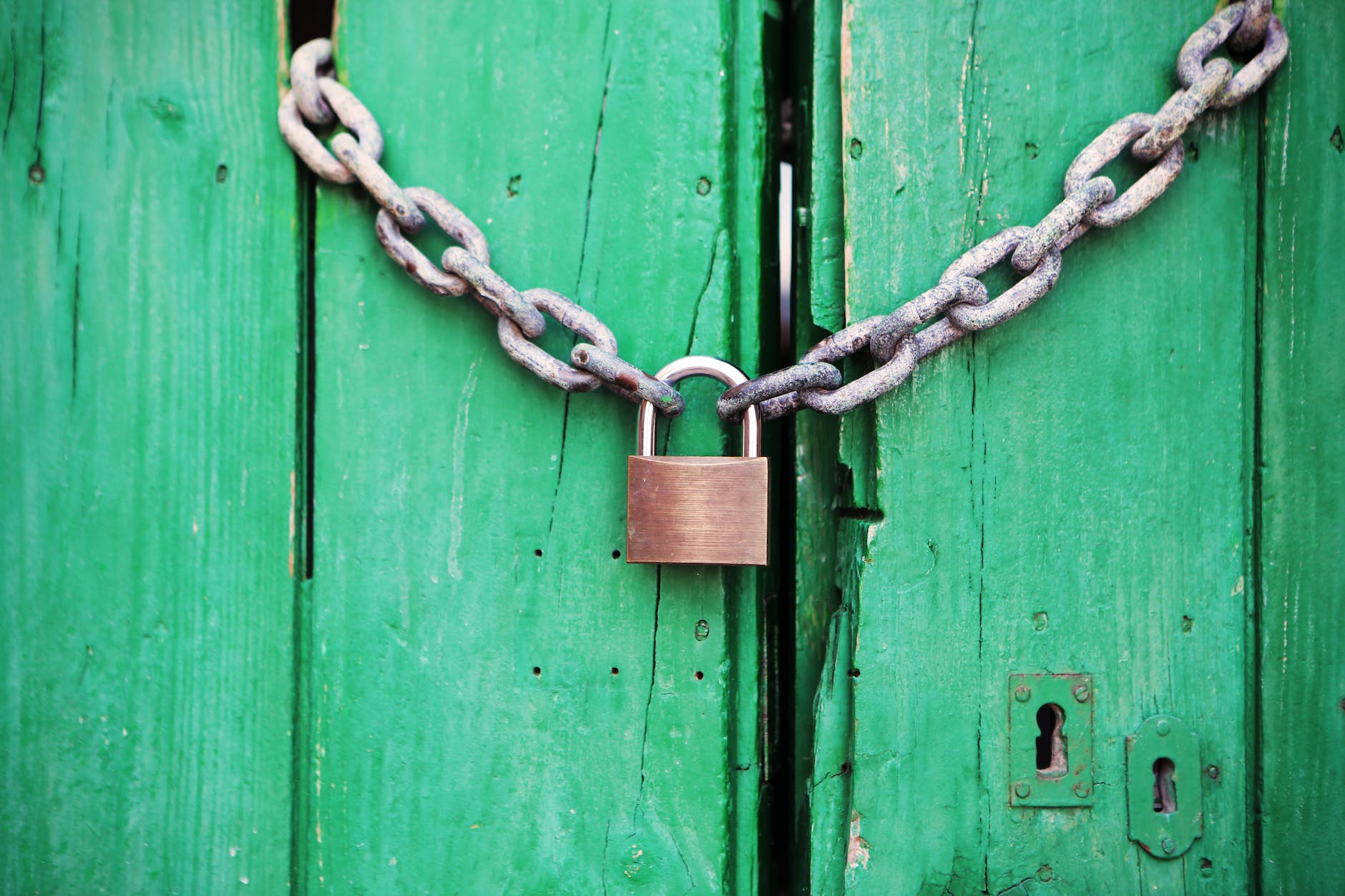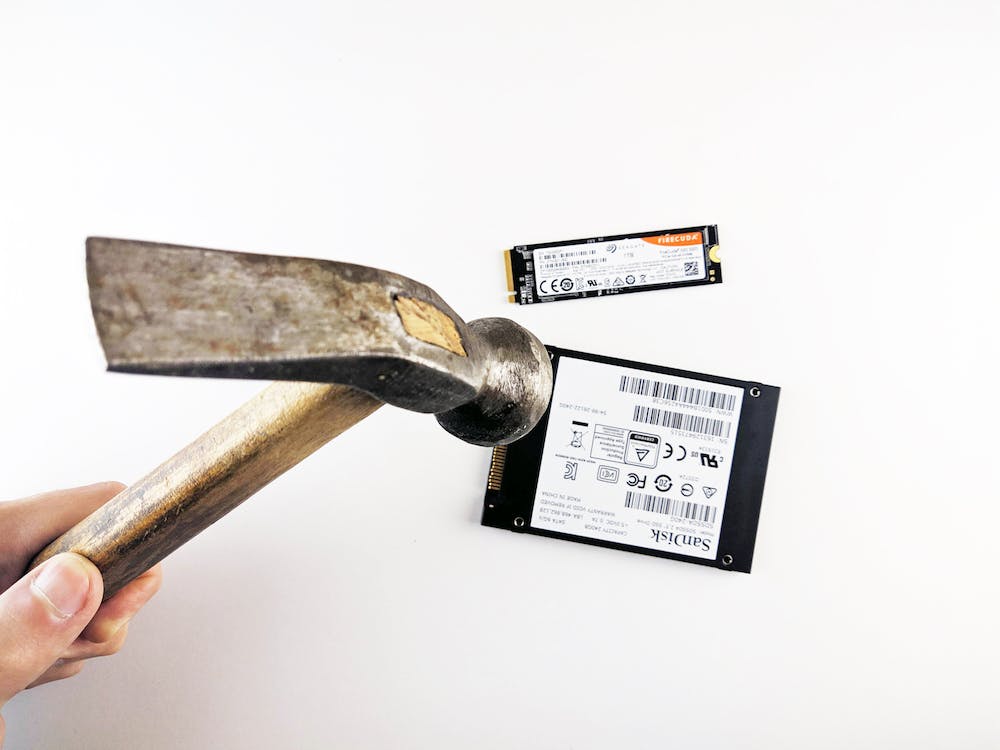MFA stands for Multi-Factor Authentication. It is a security mechanism used to verify the identity of a user by requiring them to provide multiple forms of authentication before granting access to a system, application, or account. MFA adds an extra layer of security beyond just a username and password, making it more difficult for unauthorized individuals to gain access.
Typically, MFA involves three authentication factors:
- Something You Know:
- Passwords: This is the most common form of authentication where users provide a secret passphrase.
- PINs: Short numeric codes, typically used with ATM cards or access codes.
- Something You Have:
- Security Tokens: Physical devices that generate time-based or one-time passcodes.
- Smart Cards: Credit card-sized devices with an embedded chip that contains authentication data.
- Mobile Apps: Authentication apps that generate time-based codes or push notifications.
- Backup Codes: Pre-generated codes that can be used when other authentication methods are unavailable.
- Something You Are (Biometrics):
- Fingerprint Scanners: Authenticate based on unique fingerprint patterns.
- Facial Recognition: Uses facial features to verify identity.
- Iris Scanners: Authenticate by scanning the unique patterns in the iris of the eye.

Authentication Methods in MFA:
- Two-Factor Authentication (2FA): This is the most common form of MFA, where users provide two of the three authentication factors mentioned above. For example, you enter a password (something you know) and receive a one-time code on your smartphone (something you have).
- Three-Factor Authentication (3FA): In cases where additional security is needed, a third factor, such as a biometric scan, can be added to the authentication process.
Advantages of MFA:
- Enhanced Security: MFA significantly reduces the risk of unauthorized access because even if one factor is compromised (e.g., a stolen password), the attacker would still need the other factor(s) to gain access.
- Protection Against Phishing: MFA makes it more difficult for attackers to trick users into revealing their credentials through phishing attacks, as the attacker would also need access to the second authentication factor.
- Compliance: MFA is often required by regulatory standards and compliance frameworks to protect sensitive data and systems.
- User-Friendly: With modern MFA methods, such as mobile app-based authentication, the user experience can be relatively seamless.
Challenges with MFA:
- User Convenience: Some users find MFA to be an extra step and potentially inconvenient, especially if they frequently need to access their accounts.
- Setup Complexity: Setting up MFA can be challenging for some users, and there can be compatibility issues with certain devices or services.
- Cost: Deploying and maintaining MFA solutions can have associated costs, particularly for businesses.
Despite these challenges, the security benefits of MFA make it a highly recommended practice for protecting sensitive information and accounts in an increasingly digital and connected world.





